
Starting June 1st, 2023 Our warehouse fee will be $0.65/cubic foot per month
In effort to lower the warehouse storage fee during inflation, we have went narrow aisle racking.This construction took us four months but the project is finally completed. With narrow aisle racking, we are able to drop storage by 24%.We as partners will go through this inflation together.
01/11/2024
Navigating the vast seas of shipping logistics requires a compass of knowledge, and one crucial coordinate on this maritime map is CBM, standing for Cubic Meter. In the intricate world of shipping, understanding what CBM entails is akin to unlocking a treasure chest of efficiency and cost management. Let's embark on a journey to unravel the significance of CBM in the realm of shipping and explore how this seemingly modest unit of measurement carries profound implications for cargo handling, freight costs, and the optimization of shipping resources.

CBM, which stands for cubic meter, represents the volume of freight in both domestic and international shipments. The CBM measurement is determined by multiplying the width, height, and length of the shipment. While this might seem complex, employing a calculator simplifies the process, making it a swift and straightforward aspect of shipping goods.
While the concept may seem straightforward, its significance extends to various crucial calculations in international freight, be it through courier services, air, or ocean transportation. These calculations include:
Dimensional weight is a method used to assess the theoretical weight of bulkier yet lighter shipments. For instance, a pallet of lightweight ping pong balls occupies the same volume on an airplane as a pallet of heavy weights. Calculating dimensional weight allows carriers to determine the chargeable weight, ensuring fair charges based on the volume of the shipment rather than just its actual weight.
Chargeable weight is determined as the greater of either the dimensional/volumetric weight (size) or the gross weight. In the context of freight pricing, while ocean freight values size more than weight, air freight is more sensitive to dimensional weight. Consequently, the dimensional weight often plays a more pivotal role than the actual weight in determining charges.
In the United States, many Less Than Truckload (LTL) trucking carriers use a theoretical number to compensate truckers for transporting oversized loads. Although truck shipments typically follow simple freight class categories based on weight, CBM can significantly influence the calculation of freight class, particularly for oversized or irregularly shaped shipments.
👉 Get specific answers about LTL shipping mistakes and how to avoid them
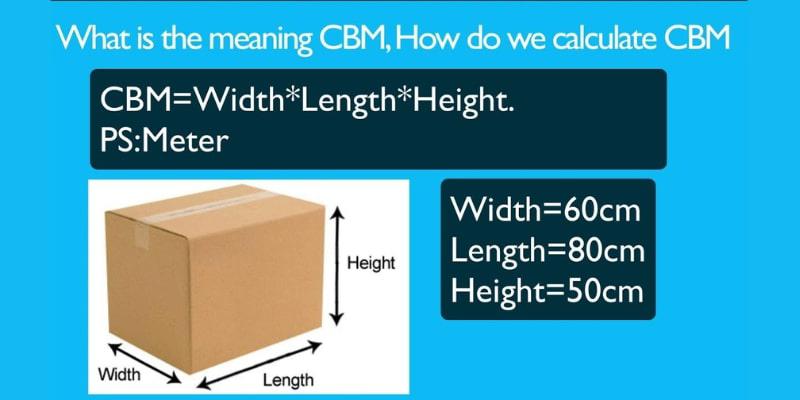
The formula for calculating CBM (cubic meters) is: Length x Width x Height.
This formula is applied to measure the volume of your cargo in cubic meters (m³).
For example, if you have a carton with dimensions of 2 meters in length, 2 meters in width, and 2 meters in height, the CBM would be calculated as 2 x 2 x 2, resulting in 8 m³.
To determine the total volume for a consignment containing 10 identical cartons, you can multiply the CBM of one carton by the total number of cartons. In this case, 8 x 10 equals 80 m³.
However, if the cartons vary in size, calculate the CBM for each individual carton using the same formula, and then sum up the CBM values to obtain the total volume of the consignment.
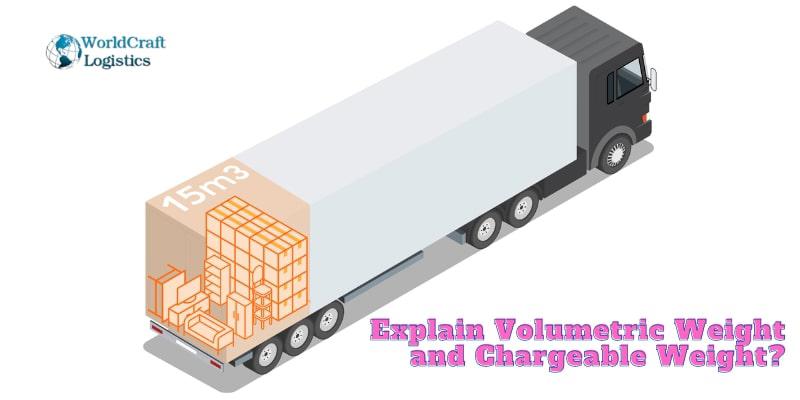
In the realm of shipping, freight charges are commonly calculated based on either volume (cubic meters or CBM) or weight. Traditionally, the weight of a shipment has been the primary factor in determining transportation costs. However, situations arise where a shipment may be lightweight but occupies a substantial volume, such as a carton of styrofoam cups or a bale of cotton wool. In such cases, if freight charges are solely based on actual weight, the cost might be disproportionately low compared to the space occupied. This is where the concepts of dimensional or volumetric weight and chargeable weight come into play.
The DIM factor, or dimensional weight factor, varies by freight mode and carrier. Accepted DIM factors include:
Note: DIM factors can vary, so it's essential to confirm the applicable factors for your specific case.
Chargeable Weight: Freight service providers determine charges based on the greater of gross weight or dimensional weight. If gross weight surpasses dimensional weight, charges are based on the former. However, if dimensional weight is higher, it becomes the chargeable weight. This ensures a fair representation of the space occupied, especially for lightweight shipments with substantial volume.
👉 Additional reference article you should not miss: What is TEU in shipping (Twenty-foot Equivalent Unit)? Meaning & Vessel Sizes
In the context of Less than Container Load (LCL) ocean freight, where shipments share a container, freight charges are typically based on CBM if the cargo weighs less than one ton (1,000 kg). If it exceeds this weight, charges are applied based on the actual weight. Two examples illustrate this:
Example 1:
Package Dimensions: 4 m x 4 m x 4 m
CBM: 64 m³
Gross Weight: 200 kg (0.2 ton)
Freight Rate: $50 per CBM/ton
Since CBM is greater than the actual weight, the freight cost is calculated as 50 x 64 = $3,200.
Example 2:
Package Dimensions: 2 m x 2 m x 1 m
CBM: 4 m³
Gross Weight: 5,500 kg (5.5 tons)
Freight Rate: $50 per CBM/ton
As the gross weight is greater than the volume, the freight cost is determined based on weight: 50 x 5.5 = $275.
The second formula is used to calculate dimensional weight, and a DIM factor of 1:6,000 is applied. Two examples are provided:
Example 1:
Freight Rate: $150 per CBM/ton
Package Dimensions: 150 cm x 100 cm x 100 cm
Gross Weight: 200 kg (0.2 ton)
Dimensional Weight: 250 kg (0.25 ton)
Chargeable Weight is the greater of dimensional weight, hence the freight cost is 0.25 x 150 = $37.50.
Example 2:
Freight Rate: $150 per CBM/ton
Package Dimensions: 50 cm x 80 cm x 60 cm
Gross Weight: 1,200 kg (1.2 tons)
Dimensional Weight: 40 kg (0.04 ton)
Chargeable Weight is based on gross weight, resulting in a freight cost of 1.2 x 150 = $180.
Calculations for road freight are based on the dimensional weight formula with a DIM factor of 1:3,000. An example is provided:
Freight Rate: $60 per CBM/ton
Package Dimensions: 150 cm x 80 cm x 60 cm
Dimensional Weight: 240 kg (0.24 ton)
Gross Weight: 175 kg (0.175 ton)
Chargeable Weight is the greater of dimensional weight, leading to a freight cost of 0.24 x 60 = $15.
Note: Freight rates mentioned are illustrative; actual rates may vary, and it is advisable to consult your freight forwarder or obtain real-time quotes from worldcraftlogistics.com
In the realm of shipping logistics, much like containers, pallets serve as essential structures designed to support and secure cargo during transportation. Standardization is key, and common pallet sizes include the 48’’ x 40’’, 42’’ x 42’’, and 48’’ x 48’’ varieties. Notably, each of these standard pallets has the capacity to accommodate approximately 1.26 cubic meters (m³) of cargo. This adherence to standard sizes ensures efficiency and compatibility across various shipping and storage systems.
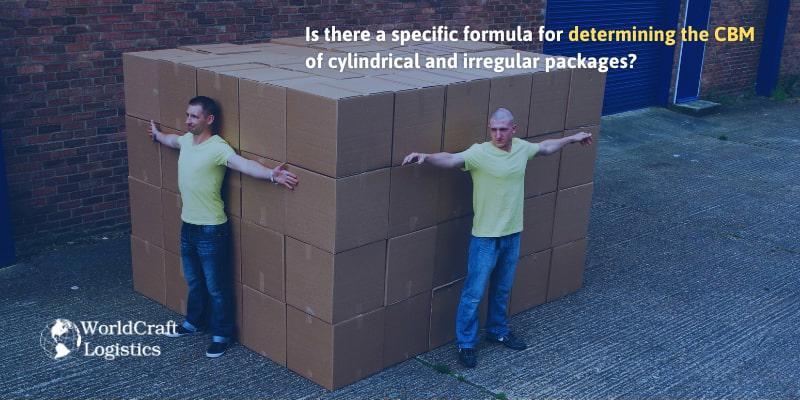
When dealing with irregularly shaped packages, such as cylindrical or irregular forms, the traditional formula for CBM may not directly apply. Here are specific methods for measuring the CBM of such packages:
Cylindrical Package: For cylindrical packages like rolled carpets or pipes, position the package upright and measure its height and radius (half of its diameter) in meters. Utilize the formula π x r² x h = CBM, where:
Irregularly Shaped Package: When dealing with packages of irregular shapes, measure the longest length, longest width, and longest height. Then, apply the formula Length (max) x Width (max) x Height (max) = CBM.
Measurements and Conversions: Since CBM is calculated in meters, it's crucial to convert measurements appropriately. Here are conversion factors:
These conversions ensure consistency in units when calculating CBM, providing accurate and standardized measurements for irregularly shaped packages.
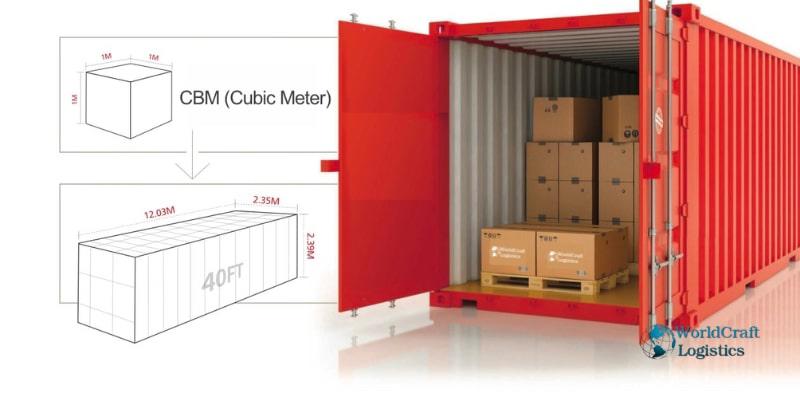
When we assert that cargo volume or CBM influences your freight cost, it goes beyond the basic transportation charges imposed by the carrier. A comprehensive freight quote comprises various charges and surcharges, many of which may be calculated based on the CBM. These encompass:
These charges pertain to the utilization of equipment and facilities owned by terminals at the origin and destination. They cover the cost of labor for loading/unloading cargo and its transportation.
Associated with the movement of cargo from the inland container depot or container freight station to the port of loading or vice versa, inland haulage charges are part of the overall freight cost.
Also known as the Fuel Adjustment Factor, BAF is an additional charge imposed by carriers. Its purpose is to account for fluctuations in fuel prices, ensuring that carriers can adjust for variable fuel costs during transportation.
CAF is a surcharge levied by carriers to offset the impact of currency rate fluctuations relative to the base exchange rate. This factor helps stabilize costs in response to currency value variations.
Understanding that these additional charges are often tied to the CBM emphasizes the significance of accurate volume measurements in determining the comprehensive cost of freight. It underscores the intricate nature of freight pricing, where various elements are considered to provide a holistic quote that reflects the intricacies of the shipping process.
SEO
Digital Marketing/SEO Specialist
Simon Mang is an SEO and Digital Marketing expert at Wordcraft Logistics. With many years of experience in the field of digital marketing, he has shaped and built strategies to effectively promote Wordcraft Logistics' online presence. With a deep understanding of the logistics industry, I have shared more than 500 specialized articles on many different topics.

Education
01/05/2025

Education
02/18/2025

Education
01/01/2024

Education
08/28/2024
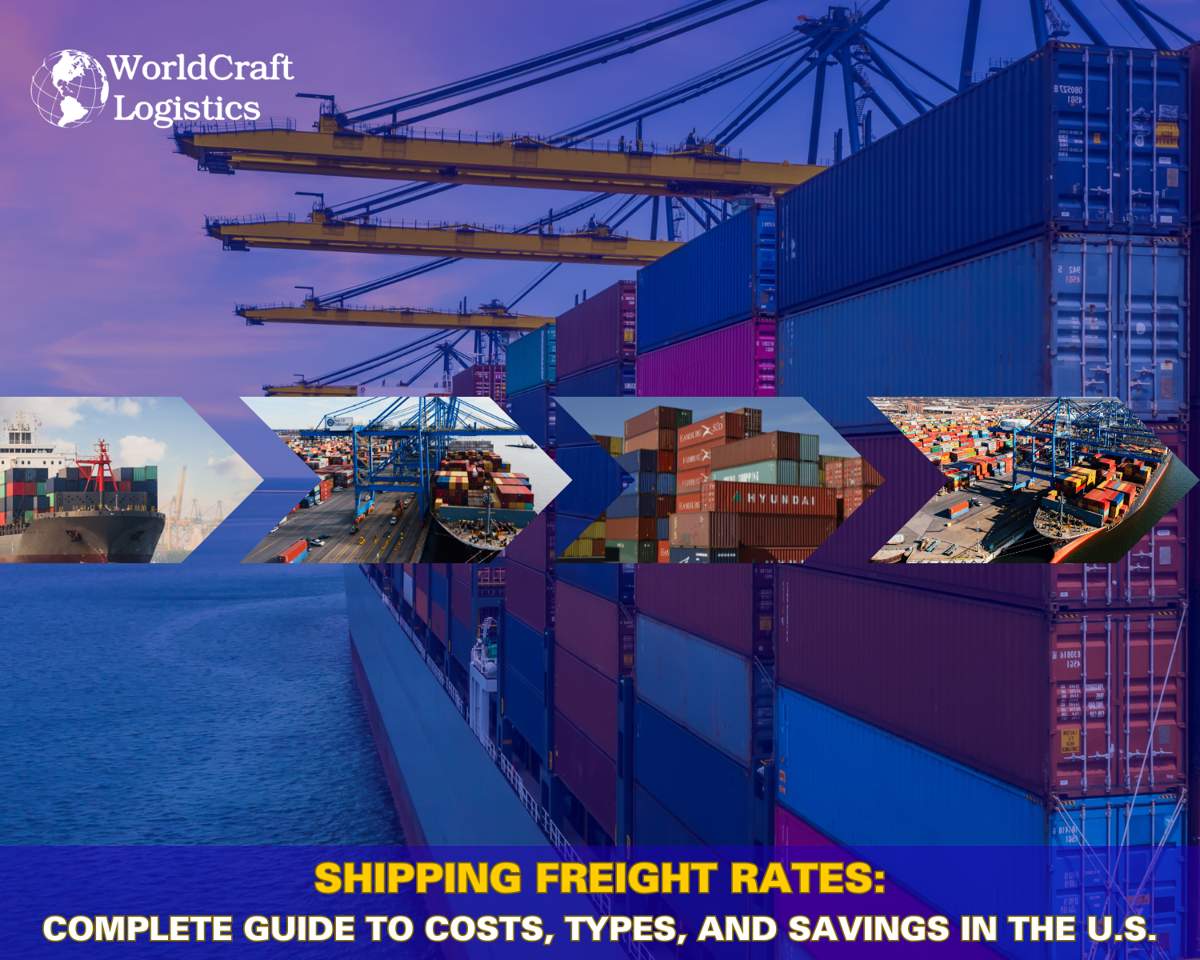
Education
09/09/2025